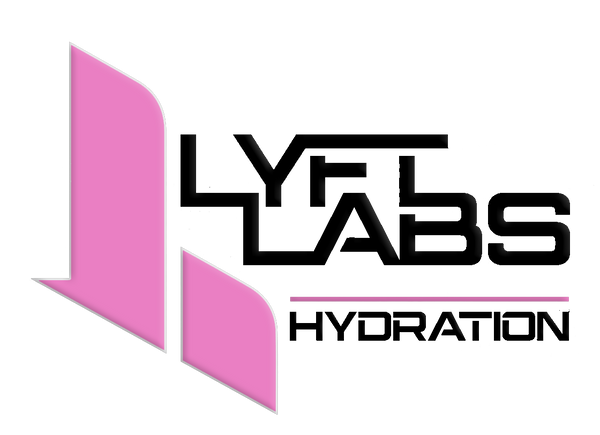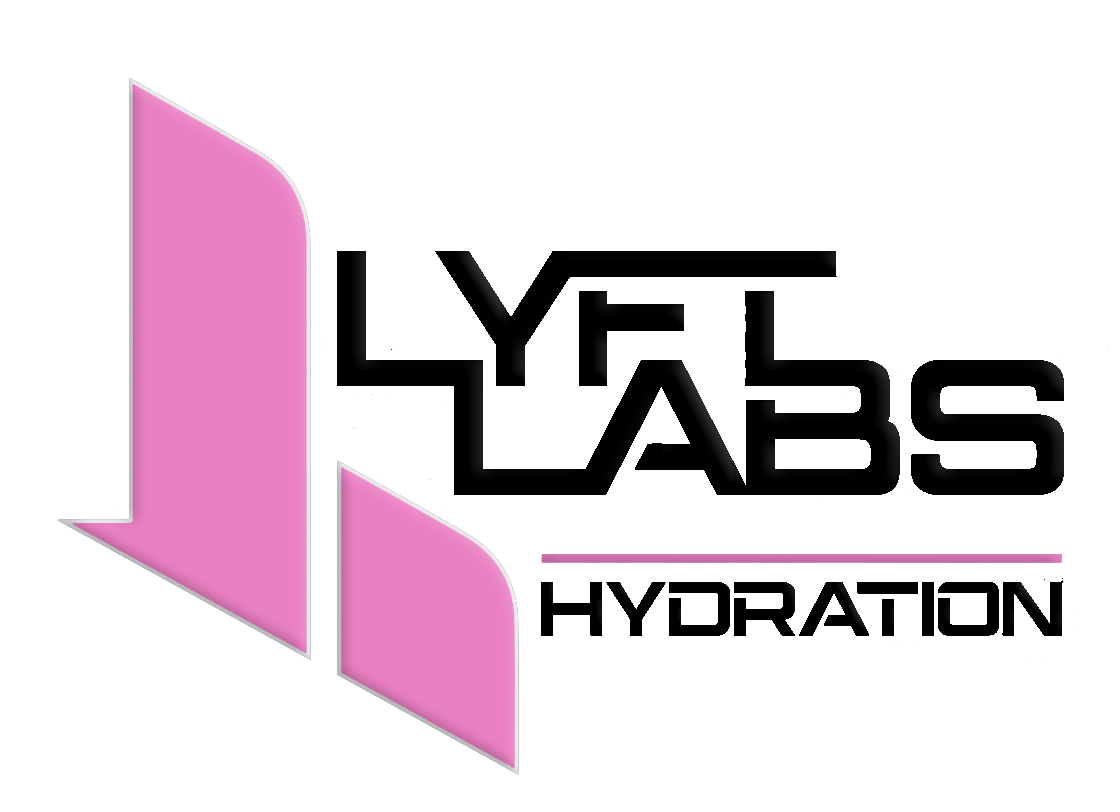How Much Water Should You Drink On Keto
Share
How Much Water Should You Really Drink on Keto? (Spoiler: It’s Not What You Think)
If you’ve ever googled "hydration on keto," you’ve probably seen the same advice everywhere: Drink more water! Headaches? Chug water. Feeling tired? Guzzle H2O. Cravings? Sip your way through them.
Sure, it sounds logical. On keto, you lose more fluids, so naturally, you think you need to drink a lot more water to compensate. But here’s the thing — in my experience, this water-only approach often does more harm than good.
Let’s clear this up: dehydration can be an issue, no doubt. But you know what keeps me up at night (besides all the bathroom trips)? Overhydration. And on keto, it’s a bigger threat than people realize.
See, when you flood your system with water and ignore electrolytes, you risk throwing your body’s delicate balance out of whack. Add this to a diet that already depletes electrolytes, and you’ve got a recipe for those pesky keto flu symptoms: headaches, fatigue, cramps, and low energy. More water alone won’t save you — in fact, it can make things worse.
Let’s unpack this.
Busting the "8 Glasses a Day" Myth
You’ve heard it a million times: Drink eight glasses of water a day! But where did that advice even come from?
Back in 1945, the Food and Nutrition Board casually recommended about 2,500 ml (~84 oz) of water per day for adult men. But here’s the kicker: there was zero science backing it. None. Nada. Not to mention, 8 glasses of 8 oz doesn’t even add up to 84 ounces.
Fast forward to the 1960s, when Dr. Irwin Stillman pushed the "8×8" rule to support his high-protein, low-carb diet. He believed the kidneys needed extra water to flush out fat breakdown byproducts. Again — no science to support this theory.
In 2002, medical professor Heinz Valtin dove into all the available research. His conclusion? There’s no scientific evidence supporting the 8×8 rule. None.
So why are we still following this outdated advice?
What Real Hydration Looks Like
Hydration isn’t just about water. It’s about fluid balance — the right mix of water and electrolytes (like sodium, potassium, and chloride). These minerals help regulate your fluids, keeping everything running smoothly inside and outside your cells.
Luckily, our kidneys are hydration superheroes. Drink too much water? They flush the excess. Don’t drink enough? They hold onto what you’ve got.
They also manage electrolytes, adjusting levels to maintain balance. But on keto, that balance gets trickier.
So, How Much Water Should You Drink on Keto?
There are two popular strategies:
-
Drink by the clock — like the 8×8 rule.
-
Drink to thirst — listen to your body.
For most people, drinking to thirst works just fine. Sure, athletes sweating buckets might need a different plan. But for everyday folks? Trust your body’s signals.
In fact, a 2019 review of 82 athletes found that drinking to thirst performed just as well as scheduled drinking, even though the thirst group lost about twice as much body water.
And despite all the fear-mongering, dehydration isn’t the monster it’s made out to be. According to MDAlert, there’s not a single confirmed sports-related death from dehydration in medical literature.
But there are dangers from the opposite extreme.
The Real Danger: Overhydration
When you overdo water intake, you risk hyponatremia — dangerously low sodium levels in the blood. Symptoms include muscle cramps, fatigue, confusion, and in extreme cases, it can be fatal.
Worse still, hyponatremia feels a lot like dehydration. So if you’re low on sodium and think you’re dehydrated, chugging more plain water will only make things worse. Tragically, this mix-up has even led to deaths.
Most people won’t face life-threatening hyponatremia, but even subtle electrolyte imbalances can bring on the dreaded keto flu.
Why Keto Dieters Are at Risk
There are three main reasons keto increases electrolyte loss:
-
Not enough salt
Ditching processed foods cuts out a major sodium source. Whole foods are great, but they don’t pack much salt. Paleo and keto followers often think salt is the enemy — it’s not. You probably need more sodium, not less. -
Increased electrolyte loss
With fewer carbs, insulin levels drop. Lower insulin tells your kidneys to excrete more sodium. So you’re losing more salt than usual. -
Too much plain water
Keto advice often overemphasizes water intake. Drink when you’re hungry, drink when you’re not, just drink! But without adding electrolytes, all that water can dilute your sodium levels even further.
The Smarter Way to Hydrate on Keto
Here’s your game plan:
-
Drink to thirst. Your body knows what it’s doing.
-
Add electrolytes, especially sodium. If you’re drinking extra water (like during workouts or in hot weather), it’s even more crucial.
I actually created LYFT LABS, a salty electrolyte drink, to make this easy. The goal isn’t to guzzle endless water. It’s to hydrate smart — balancing fluids and electrolytes.
Remember: if you’re feeling "dehydrated" on keto, chances are it’s not a water problem. It’s an electrolyte problem.
So skip the one-size-fits-all water advice. Listen to your body, respect your electrolytes, and hydrate the right way.


